alien life: gallery of possibilities

The alien Klaatu in The Day the Earth Stood Still was unashamedly human in appearance.
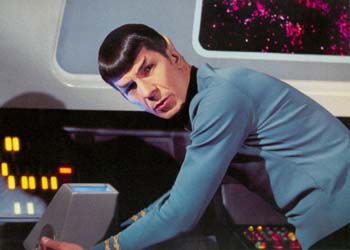
Mr Spock's pointed ears, upward-pointing eyebrows, and green blood are the only concessions to his unearthly nature. Yet at the time of his first appearance in Star Trek, the notion of an alien as the central character in a drama series was considered highly controversial and TV executives wanted to do away with the prosthetic ears!
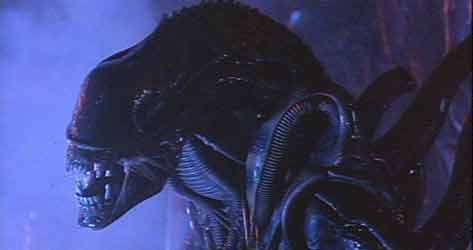
The alien from the Alien series of movies. Ruthlessly predatory in nature, all-round thoroughly unpleasant, and, curiously, blind, it nevertheless is humanoid in overall body-plan, conveniently allowing it to be played by an actor.
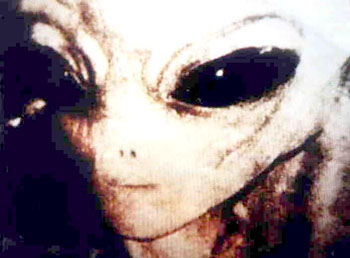
A "gray": in the annals of ufology, a purported advanced extraterrestrial commonly implicated in alien visitation.
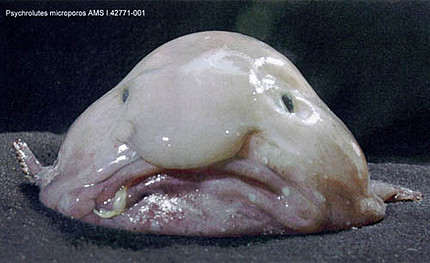
Enough to bring a smile to anyone's face: the blobfish (Genus Psychrolutes).
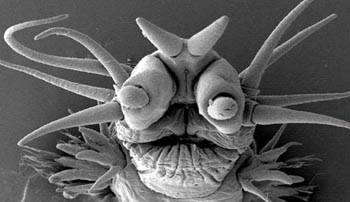
Another denizen of the deep ocean: an annelid worm found near an undersea vent.

Life based on silicon? The Horta, from the original Star Trek series, is an example of silicon-based life in science fiction. But is a radically alternative biochemistry, based on an element other than carbon, feasible? Many scientists would argue that carbon is unique in its ability to form complex molecules which are both stable and yet susceptible to chemical change; only practical astrobiology will put this notion to the test.
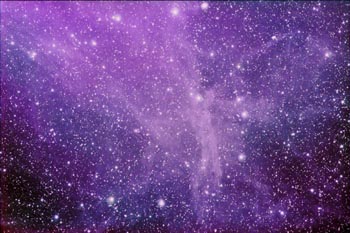
The remote possibility exists that some life might originate, not on planets or moons, but in interstellar space. Fred Hoyle's Black Cloud is an SF example of such an organism. Shown here is a diffuse nebula in the Milky Way (credit and copyright Steve Mandell of Galaxy Images.)
What will alien life be like? What will it look like? Will there be creatures on other worlds similar to ourselves, or other kinds of life on Earth? Or will extraterrestrial life sometimes be very different from anything we know about? Scientists, science fiction writers, artists, and others have, for many years, speculated about the appearance and nature of life forms elsewhere in the universe. Here are just a few of the ideas they've come up with.
Aliens like us
Call it a failure of the imagination or an easy way to save on props and make-up, but many writers and film producers have opted to depict smart aliens as being very much like ourselves. Early writers, from ancient to Victorian times, made little attempt to invent aliens that weren't either based on humans or some pick-and-mix blend of creatures that we're familiar with on Earth. More recently, film and TV producers have favored humanoid aliens for obvious reasons, although the advent of CGI has allowed them greater creative freedom. See also anthropomorphism.
Bipedal – but on the weird side
One of the reasons we have an advanced technology is that we stand on two legs (see bipedalism). When our ancestors abandoned a life on all fours, they freed up their front appendages to become dextrous hands that could finely manipulate things and make tools. Dolphins are smart, but they lack anything equivalent to hands so are essentially non-technological. Aliens are often imagined to be bipedal even if they are unlike us in other ways.
Aliens from Earth
Our own planet has plenty of alien-looking fauna and flora – enough to hint at the astonishing variety of forms that probably exists on other worlds.
Outer limits
Because at present we know of only one instance of life – terrestrial life – we have no idea how broad the concept of life can be. The discovery of extremophiles has increased optimism that life can adapt to a great range of environments. And the discovery of large numbers of extrasolar worlds suggests there may be plenty of places where biology can take hold throughout the Galaxy and beyond.



















